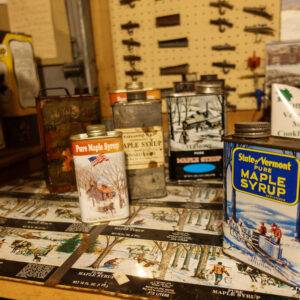How my Redhead passion died
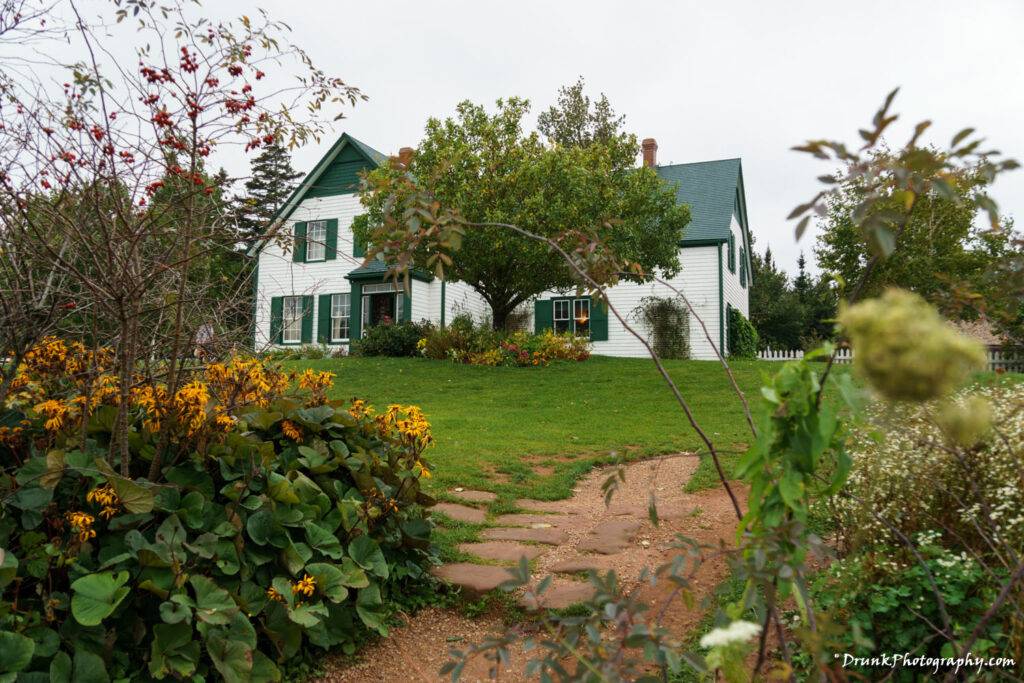
The famous home at Green Acres
Hudson, IL 61748


Who doesn’t love Redheads (Women)? I had an infatuation with Redheads since a young boy, but I didn’t grow up anywhere near any Redheads. I only heard of Redheads in stories, like some mythical lady unicorns whom no one ever saw, but were supposedly feisty, BOSS CHICKS – more than a century before today’s definition of a “BOSS B*TCH” was even conceived. Western culture had traditionally not considered redheads (also called Gingers when being made fun of by other European descendants) “pretty”. As a result, we’ve seen the portrayal of the redhead as an angered, female character, and likely rightfully so if you’re going to make her defend her right to be considered pretty, just because she is redheaded. That silent-rejection of a redhead, by the standard of beauty in western society (not blond or at least brunette), was likely to create an interesting character, a rebel who bucked society, and that character was burned in my brain. My introduction to badass Redheads was actually from excerpts from a book entitled “THE BOSS GIRL” but it later turned out that none of those characters were redheads (I’ll get into that in a second). Many Americans have loved Redheads way before my life’s timeline began, even Canadians. Anyone remember or know of the famed story of “Anne of Green Gables“? Don’t be surprised if you don’t know, many Americans have no idea about Anne, but really should introduce their kids (especially daughters) to her saga. I remembered Anne of Green Gables, as a youth, because of many debates (mostly with English or Canadian folks) about who was the best-redheaded character in child stories. It had appeared to me that the USA was infatuated with a red-headed, female orphan by the name of “Annie” from “Little Orphan Annie” stories, while Canada had their own version of a fiery redheaded, female orphan, with a very similar name, “Anne” (no “i” in the spelling) from “Anne of Green Gables“.
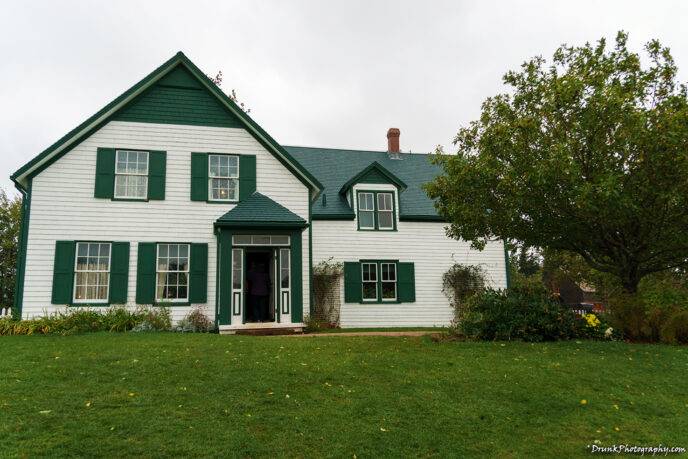
We debated which of these 2 “Ann”s copied the other because it was a little ODD that both stories featured orphaned, red-headed little girls, who are both “sassy”, boss chicks? I, or course, initially defended Annie (the American). I sought out comic book clippings and anything I could get from many sources like libraries, and material from others, which ultimately RUINED my love for that feisty redhead, Annie. To make matters worse, I was lent the story of Anne of Green Gables, by a talkative, redhead girl pal I was in secretly, madly in love with- I later went on to read all 6 books but the first is “Anne of Green Gables”. Yeah, I know that sounds a little bit suspect but you have to know that it’s a really good story, which is why the story had survived the test of time and is still a story that the world over knows very well- well everyone but people from USA.
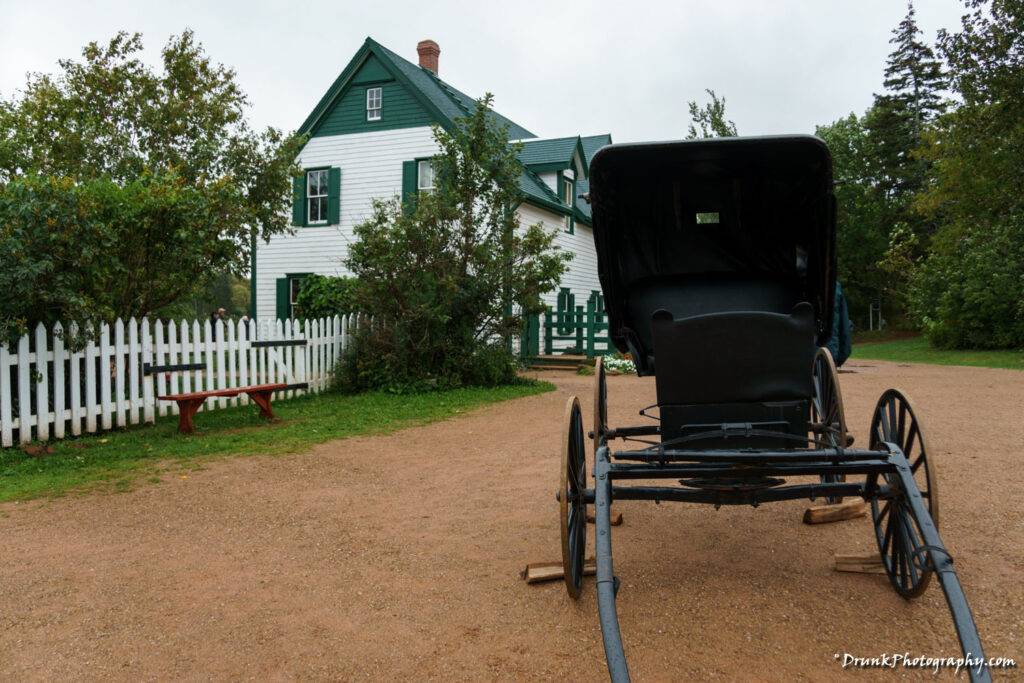
She was a loner, and people used to make fun of her look, which I didn’t understand then but could relate to since I didn’t quite look like the rest of the flock either. It was the first time I learned the term “Ginger” meant to describe redheads, although I didn’t understand why it would set redheads off so much, back then, until after reading Anne of Green Gables. The redhead on “Gilligan’s Island” was named Ginger, and she was made very sexy- maybe because she was a redhead, no one tried to take that down on the island? Why was a male teen reading Anne of Green Gables, isn’t that a girlie thing to do? No, it isn’t, and it wasn’t then, but many people teased me for reading that book. You need to read the book, and/or see the movie, to understand, …but ultimately, I was a boy and a feisty, mouthy, over-the-top-defensive, sexy redhead (from South Boston) made me do so, so I did it. lol I was glad she made me do that, because it gave me insight into her life, into the development cycle of women, actually, via Anne of Green Gables.
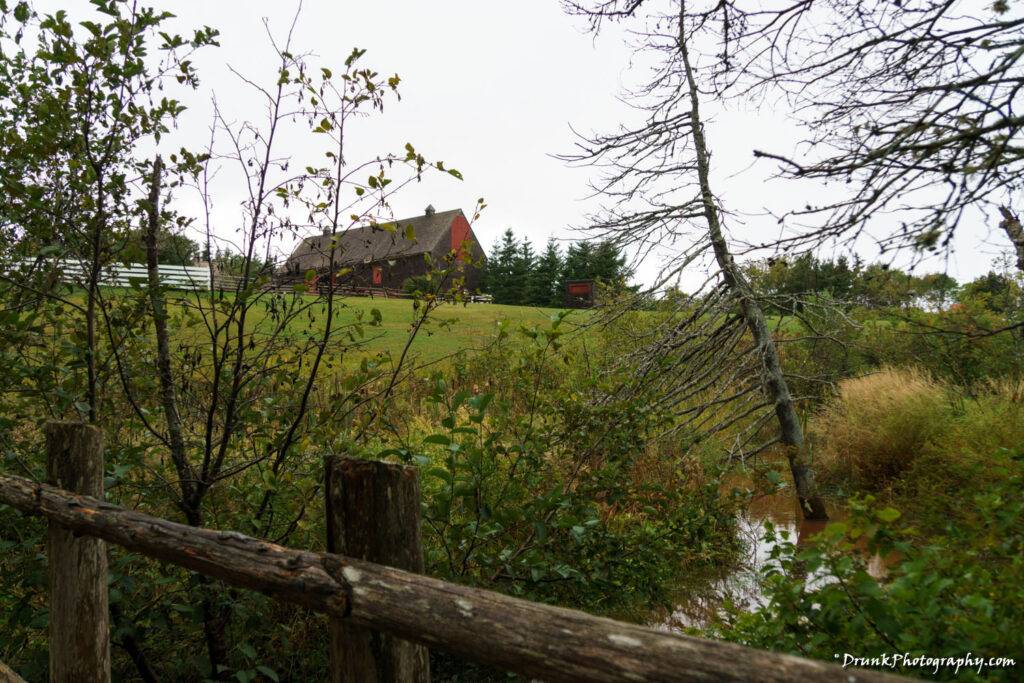
Before I became infatuated with Anne of Green Gables, I was stuck on the American classic “Annie”. So in the many debates, I championed Annie being the best redhead. I mentioned how Annie survived more than 2 generations (at the point), and was shocked to learn that Anne of Green Gables survived 3 generations! If you asked anyone, even today, who is the most popular redhead characters ever, you’ll likely hear one of these 2 characters mentioned. Orphans are social outcasts to the general public, and them being redheads (like a “redheaded step-child”) is an extra blow to the image, in the Euro cultures, since blonds or brunettes are considered pretty/accepted, but not necessarily pale, freckled, redheads and even exists to this day for some dumb reason. She pointed out Ronald McDonald and Wendy from the burger restaurant “Wendy’s”, whom America sees as caricature/clown mascots, not real people, due to their red hair. I was stunned by my redhead’s realizations of self, she broke all of this down. She introduced me to Anne of Green Gables for a reason, to get me to understand her plight as a redhead, although not at all similar in character arch, she felt it was essential towards understanding her young-womanhood. She made it a point to highlight that the redhead part was the most important characteristic of both Annie and Anne characters.
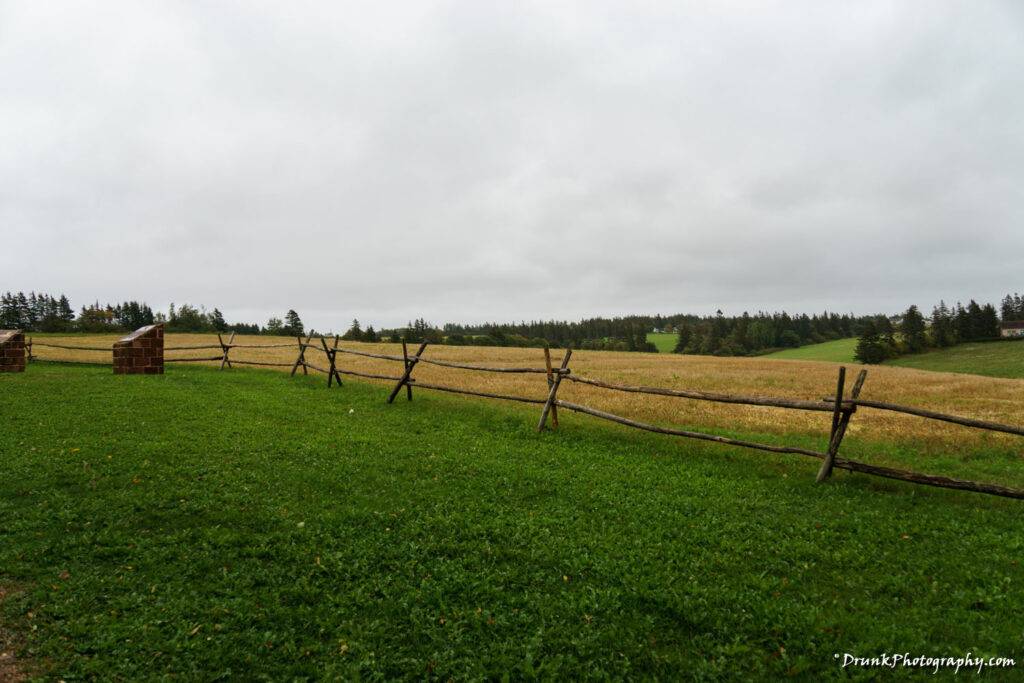
Long before Hollywood angered America, by making an African American version of Annie, I made that very suggestion to friends, stating that was a way to maximize the effects of going “Rags to Riches” to win the hearts and minds of the audiences. Let me tell you, I got the worst look back each time I suggested an African American for the role. I got my ass handed to me for that each time! lol “Annie can only be a white girl with red, curly hair and freckles”, I remembered being echoed back to me, somewhat in chorus. They weren’t racists, they were essentially saying to me “Hey, buddy, this is our thing, you wouldn’t understand”. lol Annie was the “mainstream American social-outcast who captivates America” story, is what I learned, and you should NOT mess with that image. I got it, trust me. That’s like saying “What if they made a movie about a Cuban drug lord with a thick accent who became a cultural icon, but he was played by a White man?!”, or “What if there are no actual Puerto Ricans playing Puerto Ricans in a movie centering on Puerto Ricans in a love story on the West Side?” or “What if they made an African Queen who was a historical figure, and she was played by a White Woman?!“ lol Anyway, you get the point, and besides, if we Minorities wanted our own rags to riches stories, that’s what “Different Strokes” or “Webster” were for! The point was made clear to me that Annie can take care of herself, and doesn’t need the rich people with Savior Complexes, these other orphans can’t survive without the adopters! Get it! lol Well this is what I originally like Annie for, smart, mouthy self-sufficient orphan who didn’t need parents, and she fixed everyone in the world’s problems. The rich people are only a background filler, not the entire reason for Annie’s happiness or existence. Try to remove the race of the original Annie, and you will have signed your own death certificate! It’s not RACIST, it’s RACIAL, there is a difference. As I got more into Anne of Green Gables, because this girl was ALL about the “IT factor”, I started to realize that I actually HATED Annie comics.
Redheaded step-child
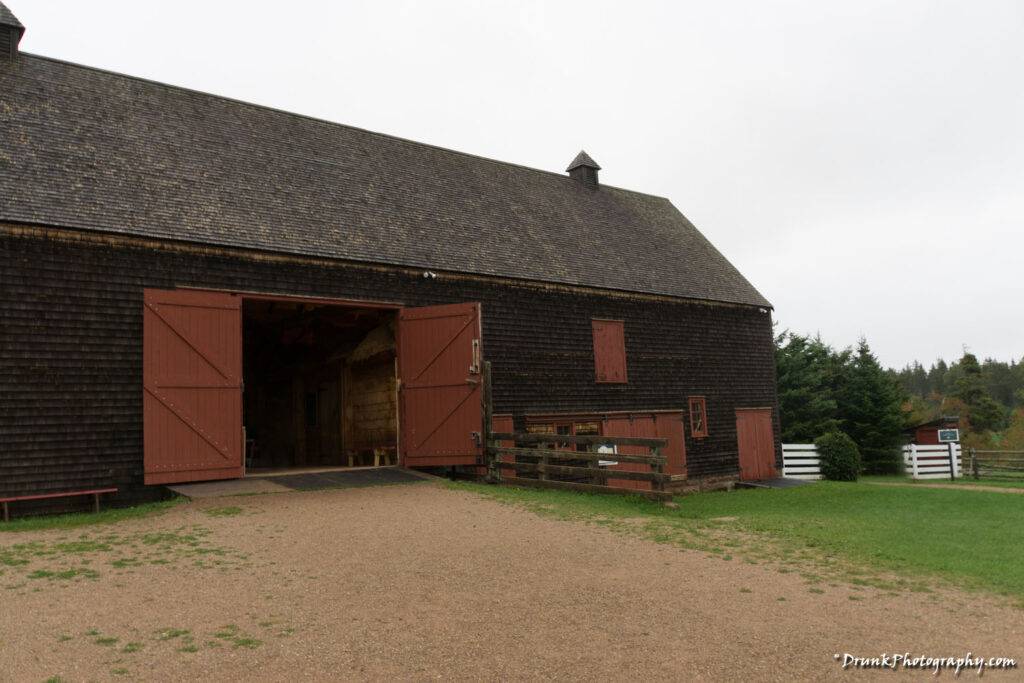
“Little Orphan Annie” was originally a poem written in 1885, by James Whitcomb Riley, an America poet. It was originally about someone Riley referred as “The Elf Child“, but later, Riley changed it to be about someone named “Allie”, and the title sent to the publisher was “Little Orphant Allie“. The publisher screwed up and the “LL” turned into “NN”, and the official name was printed as “Little Orphant Annie“. The poem dealt with a little girl orphan who was taken into the house and was used as a servant. The character was so intriguing to the kids of the house, that all of them would gather around to hear her tail of horrors and consequences for kids acting bad, being taken away by a Goblins, and never heard of again. So she was teaching morals to other kids, through horror, as grandparent often did to the young (not considered “PC” today). It turned out that Riley was actually writing about a real orphan whom the Riley family actually did take in, named Mary Alice “Allie” Smith. This is the same Mary Alice Smith who’s namesake is in his other known work, the story “Where is Mary Alice Smith?” and in this, the character does the same thing, come into the home and starts of scaring the hell out of the kids with these horror stories. These writings were put in that book named “THE BOSS GIRL“, which was also published in 1885, and this is where I was told the origin of the comic strip “Little Orphan Annie” came from. However, now looking back, that is complete nonsense.

Little Orphan Annie’s comic strip author (Harold Gray) claims he got his inspiration from Riley’s Little Orphant Annie poem. It’s Riley’s writing “Where is Mary Alice Smith” that describe Mary as a Blond, not a redhead. Riley went on to make “The Little Orphant Annie Book” in 1908, which now featured Annie in a drawn form and it’s hard to know if she was a redhead (no color), but likely a blond. When the silent movie version came around, although black and white, Annie was played by silent film’s girl-next-door turned Flapper Colleen Moore, who was known redhead, in the form of Auburn. Now you had the visual to match for sure, but that movie was made in 1918, there wasn’t any color in the films or photos! So how could the audience know of the Annie character being redheaded in the American works, based on Riley’s work? They couldn’t, and didn’t. It wasn’t his work they got the image from. It was clear that Harold Gray was the one who made the redhead out of Annie the comic, and we associated Riley’s work with the image, erroneously. The 1900s did, however, still have a thing for redheads, they were making hot-headed, bold, sexy, FAMILY WRECKING MOVIES like “The Redhead Woman” by 1932, where only a redhead could break up marriages, sex all over the place, try to murder a guy and get away with it.
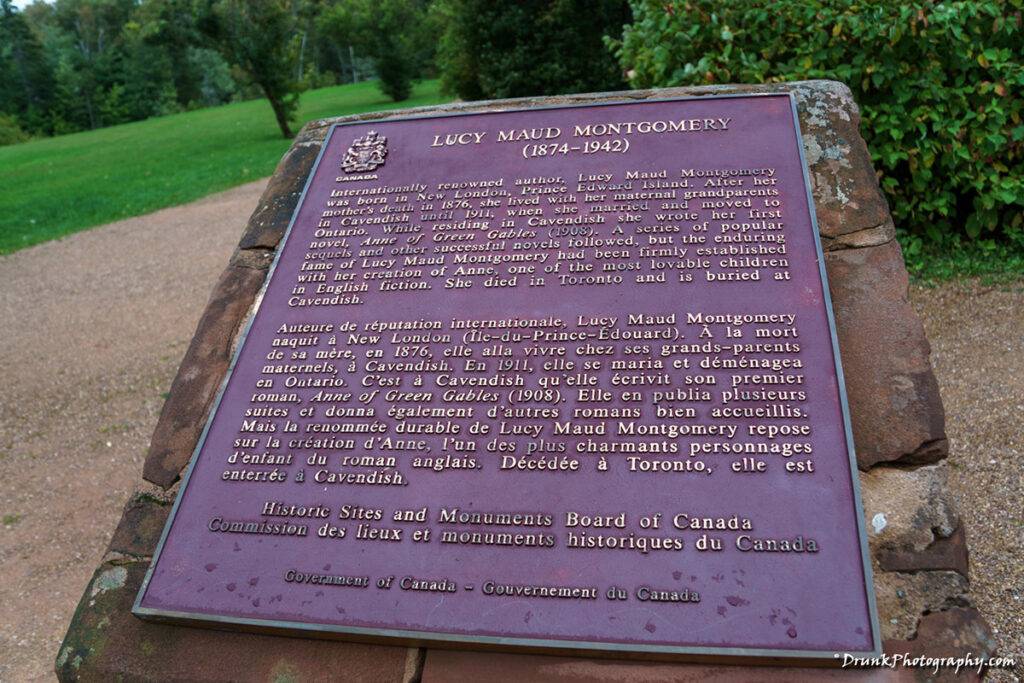
Only a redhead had that swag to pull that off, and have the asscheek-tight Americans back then, accept it! The image of the redhead was a badass, even though THEY DID NOT HAVE COLOR TV (widely available) UNTIL the 1950s. The Redhead Woman’s title is what made you associate her actions with her behavior on screen. You know who also was a redhead man-crusher? Marilyn Monroe, who ironically enough was also a redhead from a foster home. Ginger from Gilligan’s Island? Didn’t fit the mold and no one remembers her today. Redhead bad girl fetish was in even when there was no color! Well sorry to tell you but before Americans, Canadians had a redhead gem, in the form of Anne of Green Gables’ redhead features, which were fully described, and her issues associated with being a redhead in society, were fully being addressed and referenced her psychology, as to why her character was so defensive of her looks, way back in 1908! Anne of Green Gables’ character’s inspiration was drawn for a hot redhead, in real life, basically the first supermodel. This goes on to be a global success and inspiration to women the world over but didn’t have far reaches in the United States. I started to wonder if the American version started to steal from the Canadian redhead icon too, after a while. hmmm

In 1908, Anne of Green Gables was created and was Canada’s young, sassy, redheaded sensation in story form, featuring the tales of character Anne Shirley. Anne of Green Gables is a fictional character from a farmland (as was her creator Lucy Maud Montgomery), and is an orphan who goes to live with a farm family in a town “Avonlea, PEI” on their farm (homestead) “Green Gables”, a twist on a story of a couple whom were sent a girl orphan when they wanted a boy orphan, which she knew such a story of, in real life. Montgomery based characters on people she knew of in real life. According to Montgomery, there apparently were many “Ann” character stories out there, all of whom were an orphaned character, too (calling the situation “formula Ann” for the clone tone to how everyone copied each other’s Ann). Montgomery made her character “Anne” (“e” added) and flipped the story entirely. When Montgomery thought of Anne’s character, she fancied that character looking like Evelyn Nesbit, who was a popular actress who’s face was everywhere in advertisements- and was a controversial figure as she was the subject of a sexual assault case about a situation which occurred when she was 14, which turned into a murder of the assailant, in the “trial of the century” case. Evelyn Nesbit was technically the world’s first supermodel if you think about it, and everyone photographed or painted her.
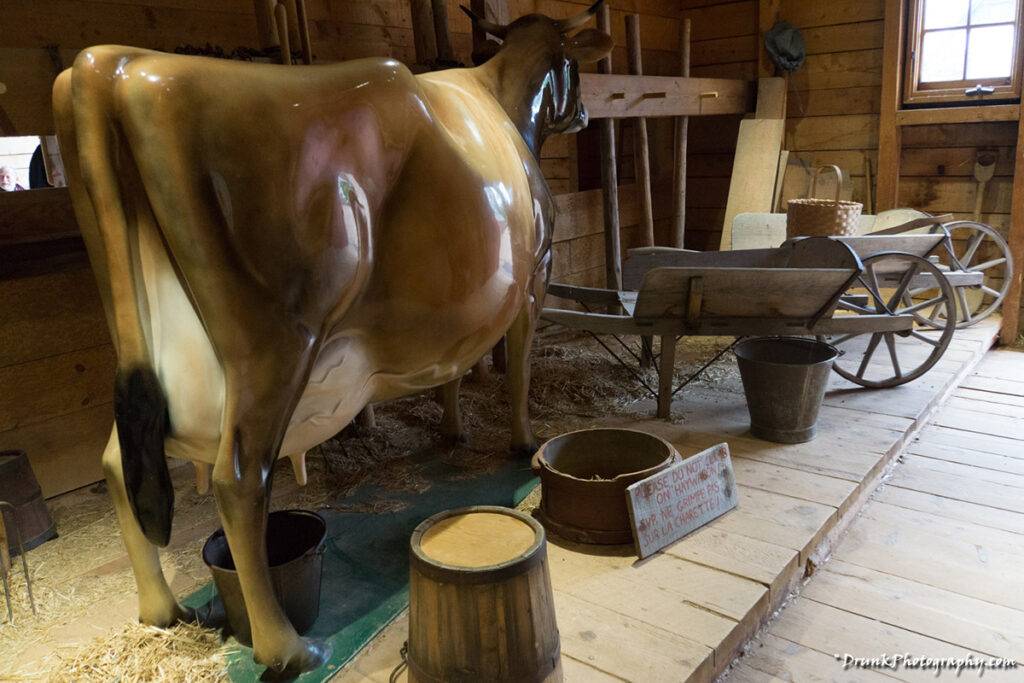
Redhead obsession was in full swing! Montgomery drew inspiration from her own life characters, and larger than life characters at the time, to create Anne of Green Gables. Anne of Green Gables is a girl’s tale by a female, not a man telling stories of a girl’s life as a US propaganda pusher (which “Annie” is). Evelyn Nesbit, although seen in black and white at the time, was a controversial redhead figure, so it’s easy to see her inspiration for her character was from an actual redhead’s appearance. The reason Anne of Green Gables is a better story for young women is Anne of Green Gables has full character development, from childhood to College, deals with self-image issues which used to lead to her complete defensiveness for being a redhead with pale skin, and even to her love life. Annie, the little girl who never grows up, turned out to be a baby. staunch conservative republican/libertarian. Anne of Green Gables is the story you want your young girls to learn, not Annie! Anne of Green Gables ends up sacrificing all of her dreams to tend to this family which took her in when she was vulnerable. So I’ve always recommended Anne of Green Gables to anyone with girls, and even boys, it’s an entertaining coming of age journey that boys could benefit from, as did I. I learned to love and appreciate women whom many considered odd-looking, off-beat and even “b*tchy” (by today’s standards), strong women with opinions (well the good ones with real opinions and ideas to back their attitudes). That’s the vision burned in my head of Redheads, it REALLY came from Anne of Green Gables, originally. Women are only today trying to teach girls that being “bossy” is not a bad trait, while it was the winning characteristic of redheads, in Canada since the early 1900s, at least. This makes Anne of Green Gables superior to Annie. Annie, was an adventurer who solved problems and was detached from the home of the Warbucks but really did not live with them, but did live with them in the other forms Annie was presented, very confusing. The stories didn’t even match the movies or the musicals. It was all over the place, ESPECIALLY POLITICALLY! Annie was used, as what you’d consider today, a Far-Right Republican propaganda platform.
Annie sounds like a rip-off to me

So, this guy Harold Gray comes along, makes an Annie comic strip, dolls, and Raggedy Anne Dolls, he gives the orphan the red hair (this is forever why we link the earlier work by Riley with a redhead orphan), but that was in 1924! Harold Gray steals the name of Riley’s poem, changes it to “Little Orphan Annie” (‘t’ removed from orphant). People say Gray injected his life into the character of Annie, but nothing of his life matched Annie, … well, that’s not entirely true, the far-right politics of Gray were clearly on display in his Annie cartoon, especially by the time the Great Depression happened in the 1930s. The story of Annie is all over the place, Gray couldn’t decide what to do, so (as I claim) he borrowed material from Anne of Green Gables, to make his version of “Little Orphan Annie”, borrowing much more than just the title of Riley’s work. He completely removes the hardship placed on Annie (from Little Orphant Annie) by the PATRIARCH (the abusive Uncle Thomp in Riley’s work) of the house and shifts it to the matriarchs. Gray claims to have gotten inspiration from Riley’s work, but then Gray completely departs from Riley’s story of the movie made in his 1918, and (as I claim) he begins to rip-off the story of Anne of Green Gables. For instance, Gray swaps back and forth between a blond and redheaded Annies, it’s even seen in the original dolls that came out, he couldn’t decide so Annie was blond and then at another point redhead. Gray claims to be inspired by Riley, but if he really read Riley’s work, he would have known that the Riley story was with Mary/Allie/Annie as a blond. This might have something to do with Annie swapping hair color in Gray’s work. Somewhere along the line, Gray’s Annie is finally a redheaded orphan who has problems with whoever is the matriarch. Hmm that sounds very similar to Anne of Green Gables’ physical make-up, which was described, in detail, and on display since Anne of Green Gables’ origin was told.
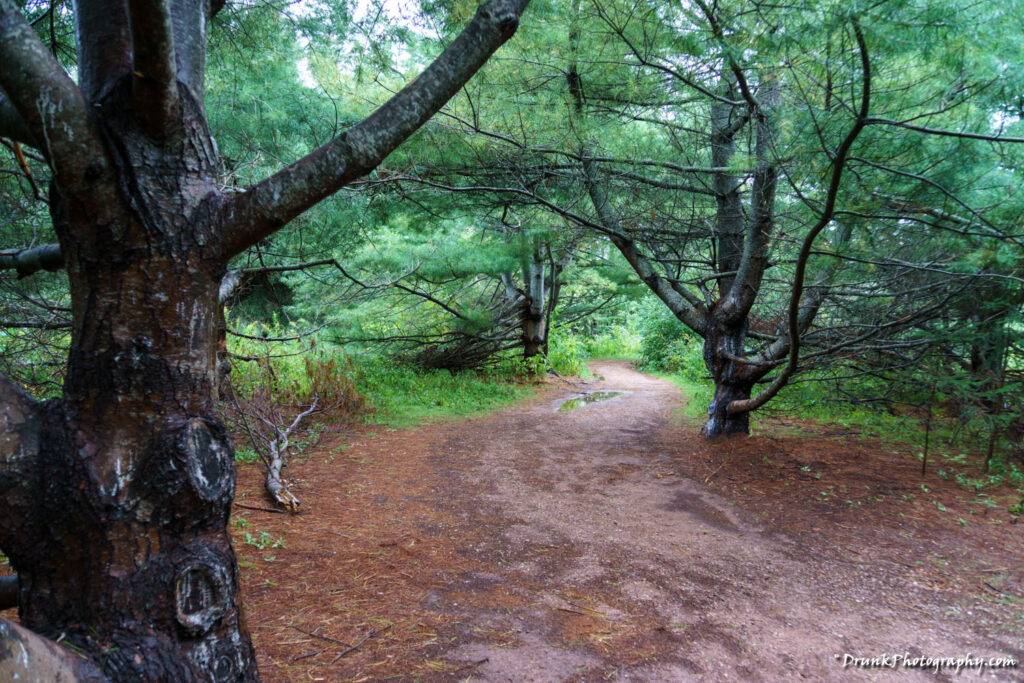
Gray’s Annie was about an orphan, taken out of it as a trial by a childless adult where the matriarch has a problem with the orphan girl, not the patriarch. Hmm this happens to be the same thing that happens with Anne of Green Gables. The wealthy Mrs. Warbucks (Wife of Daddy Warbucks) tries Annie out at home, disproves of the orphan’s ways, so she sent Annie back to the orphanage. Initial rejection and lack of empathy, by the matriarch (not the patriarch), of an orphaned girl, is odd to tell in stories unless there is a point to it. Wait, stop, that’s what the matriarch of Anne of Green Gables did too, except they had a point to it, in Anne of Green Gables. Marilla Cuthbert (sister of Matthew Cuthbert) does that with Anne of Green Gables, after some testiness by Anne, and not getting along initially. The publicity surrounding the Warbucks also don’t like the adoption practices of the couple taking in orphans, so public perception is used against taking in orphans in Annie. Wait, that was also a problem for Anne of Green Gables and the Cuthbert siblings are called unfit to exist due to wanting the adoption. Gray has the orphan Annie having problems with the female lead, but the PATRIARCH (Daddy Warbucks) is the one who takes a liking to the orphan and has to convince the matriarch to accept the orphan.
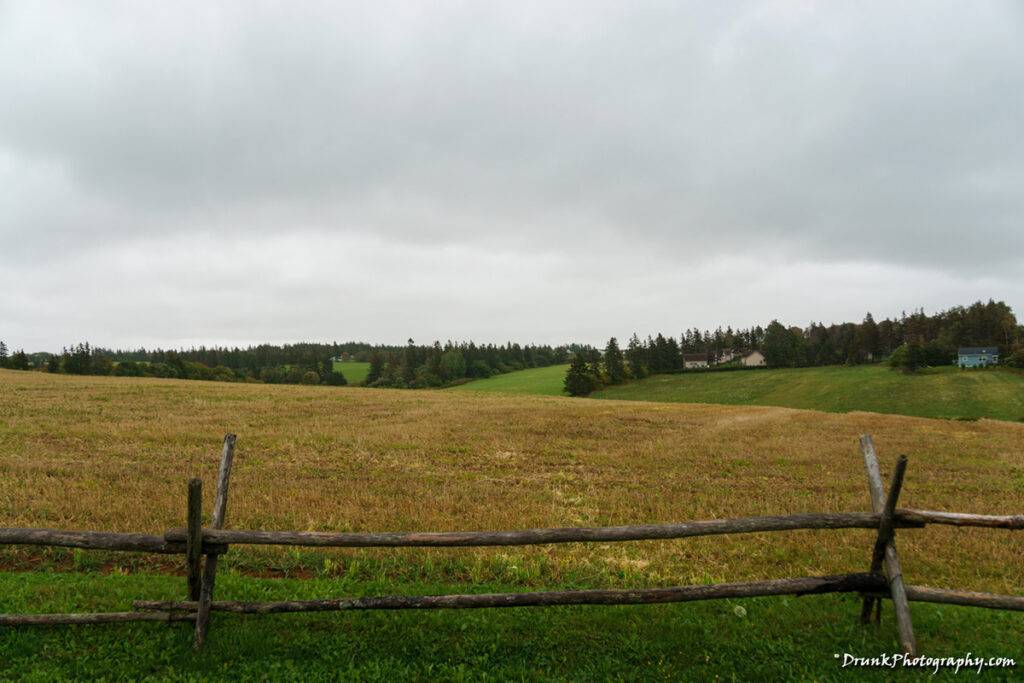
Wait a damn minute, that happened in Anne of Green Gables too, that’s odd. Matthew Cuthbert, is the patriarch in Anne of Green Gables and he took a liking to Anne, and had to convince Marilla to like Anne. Gray’s Annie story gets a boy child (Shelby) introduced to the family for no reason at all. Oh wait, Anne of Green Gables has that very thing happen too (Gilbert) but Gilbert’s addition is to help out since Matthew is too old to do farm work. Both Annie and Anne are mouthy and feisty, it gets them in trouble, or takes them on adventures that entertain all around them, this is their magnetism. Grays’ differences come in dumb forms like the Warbucks picking sides for which child they liked, and then making Annie and the boy Shelby physically fight each other, as if that’s what rich people would do, and is also child negligence! Gray’s story is disastrous, all over the place, makes no sense, and is psychologically destructive to Annie. This is not a model story for girls to learn. Annie is essentially a runaway with negligent foster parents who aren’t really involved in her life. Annie doesn’t learn anything, she knows everything there is to know about life. I believe Annie borrowed from Anne of Green Gables, and Gray changed pieces to not make the stories similar (rich adults vs farm-life adults), probably underestimating the popularity and reach of Anne of Green Gables. Anne of Green Gables’ story happened in 1908, while the Harold Gray ripoffs started after 1924.
Grayed out
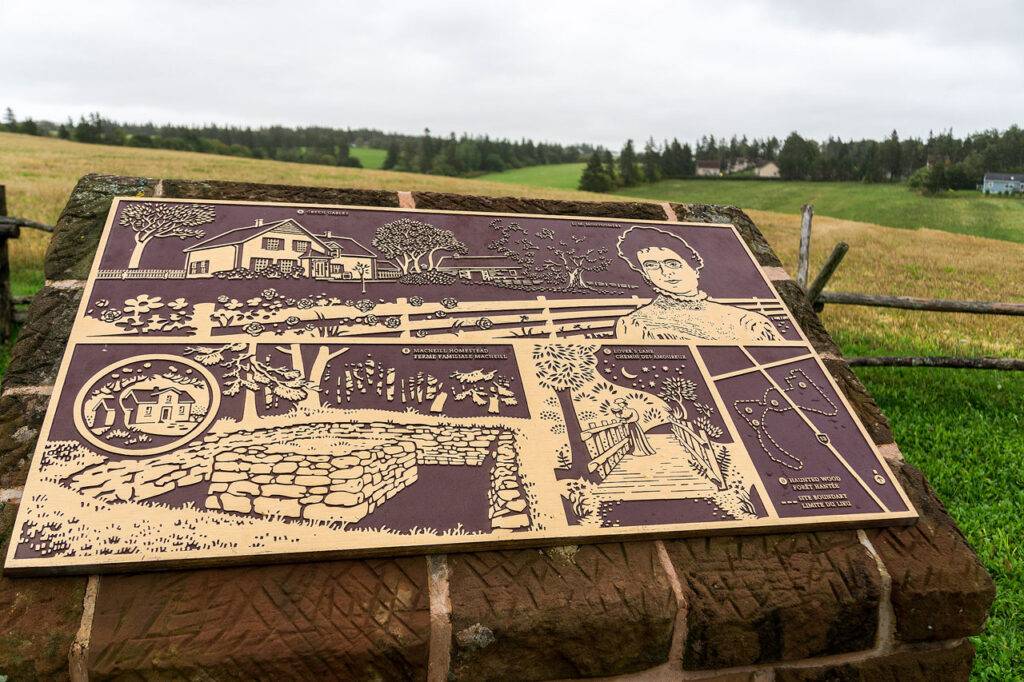
As I started to gather and research the Annie comic strips, I realized that she was not some sweet little redhead that echoed my sentiments at all. Gray’s Annie comic is NOT even for little girls to be inspired by, her character was made a redhead make her not like the typical “approved” image of beauty in America, she was an “outsider” for her features and her social class. However, Gray was a ridiculously staunch republican, he’d be far-right by today’s standard. Gray constantly wrote his politics into Annie comics. I began to dislike the Annie comics, as I obtained more and more of them, mostly because of this political leaning, and I surely didn’t think it was for children. I thought it was political propaganda and I realized later that it actually was. Gray would attack than President FDR, and anything FDR stood for or did. Annie comics would attack the New Deal, any Unions in America, wanted to abolish taxes, wanted to have small government in America- does that sound eerily familiar to you, in today’s time?

FDR, if you didn’t know, wanted to push “minorities” forward, despite the New Deal betraying minorities completely. Annie comics were pushing far-Right politics to readers, under the guise of a cute redhead girl. Annie got too political, then she became militarized, fought Nazis, she had jumped the shark, and officially the comic did when readers found out Gray felt that he should get more coupons for rations (Great Depression times gave coupons for items) because of his comic strip’s contribution to society. The nerve! The people nailed his ass to the wall for that, and his character Fred Flask who had 3 cars, whom he created to try to convince people that is ok that he (Gray) be able to get more gas ration coupons, due to he has created Annie. LOL Finally, Annie started to hunt down Commies! Do you know who in USA were considered “Commies” at the time? This was NOT the Redhead I liked. This redhead didn’t like anything which would help me advance. This turned me off to Annie forever, despite the many attempts to re-make her to not have these characteristics. Gray stole the ideas for the character, they didn’t utilize or develop the character based on these ideas he stole. All of this craziness of Gray was largely exposed, modern Annie fans caught on, and the franchise was changed. Today’s Annie was scaled back and now is only known as a rags-to-riches story currently, as the people who took it over, after Gray passed, took that opportunity to divorce Annie from his nonsense.
Green Gables bound

So, ultimately, I was more enamored by Anne of Green Gables, NOT Annie, as my redheaded girl sensation, who peaked my interest, as a youth. I read the 6 books, I had to keep that on the low because people thought me odd for reading what they considered a “girl’s book”. When I eventually made my way to PEI, the birthplace of Anne of Green Gables, I had to go see this famed place, with a recreation of the house that Anne lived in, at Green Gables, which I saw in the movie adaptation of the book Anne of Green Gables. Now, I was told by people that I would see some redheaded girl running around the Green Gables scene, that I could walk the land, just like in the movie, see the school, maaaaann I was all in for sure, on this! I was trying to introduce a redhead friend of mine to the Anne character so she would let her daughter enjoy the story of Anne, not Annie, but ultimately I was trying to score points. But because of all the hype surrounding me reading the book, then watching the movie and remember my younger days, I was completely over-excited to actually be able to visit Green Gables, the school, and see the scenes that I remembered from the movie. We even watched the damn movie again before going to PEI. I got everyone hyped up about this trip. As soon as I arrived in PEI, I saw nothing but Anne of Green Gables advertised every 1 steps I took. It was absolutely everywhere, it was the theme of everything I saw, it was in every store, every billboard, I swear, I thought Anne of Green Gables was the damn president of PEI (probably was at some point). I got the point that this was a HUGE THING for people of PEI. Ok, I find I can get a tour of Green Gables, so after a long ride, I arrive at the location in Cavendish, PEI. I completely underestimated this place. I thought that there would not a soul in sight, because who would make that long of a drive for a fictional character if they weren’t trying to score points like I was?
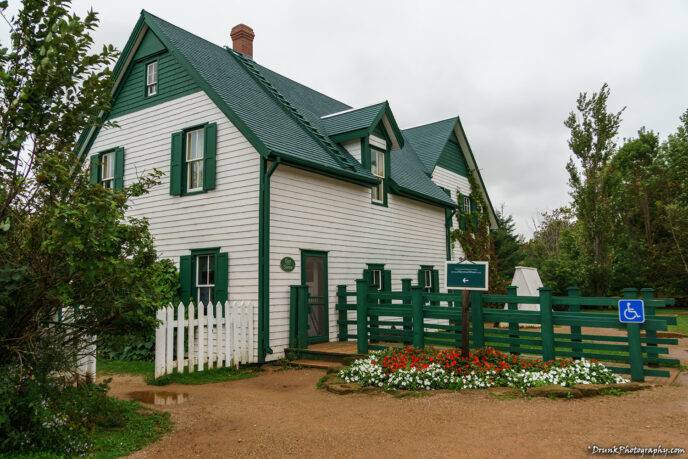

BOY WAS I WRONG, completely WRONG, so wrong that I couldn’t physically get in the goddamn HOUSE ITSELF and get good pics, and I waited like 45 minutes to get my initial attempt to get in the front door. The whole of Canada and UK filled up the house, most people taking forever to take pictures on top of each other, I was so turned off after returning multiple time to try to get in, I went through the back door, I only got to see 1 more room. Instead of wasting more than 1 hour trying to get in, I decided to look for other things that I remembered from the movie, like the Haunted Woods, Lover’s Lane, the School. Where were they? I walked through some stairs and down into some woodsy area, which was like the Haunted Woods express, then I suddenly hit a very long road, a Jewish cemetery, and a golf course. WTF? I went all the way out there, for this? I was saddened, like a little girl whos dreams were crushed! I looked on this map I had, and still couldn’t find the school, but saw some major road, after seeing some sign that looked like it could lead me to the school. I cross the road, and I look at the map, and I realized that the school doesn’t exist. lol I had to use more imagination than Anne herself to try to put the school in the location it was supposed to be because the building wasn’t there, just a plaque. lol uhhhhh {sigh} We left, my plan had the worst climax to a long drive EVER! I went on longer than this blog entry, to this woman, about how great Anne of Green Gables was and I failed to impress. Luckily, earlier, I took a flyer with information about a musical which was happening later that night, in downtown Charlottetown, PEI, “Anne and Gilbert”. I more than made up for the trip, with that show, but I was officially OFF of Anne of Green Gables after I was crushed by visiting the mock-up of Green Gables and wasn’t actually impressed. I guess I should have realized that it’s only a fictional character and the scenes were from a movie. lol Still though… I expected more, and like THAT, my redhead passion died at Green Gables. 😣
As always, the finished products can be found on the main site of www.drunkphotography.com.


